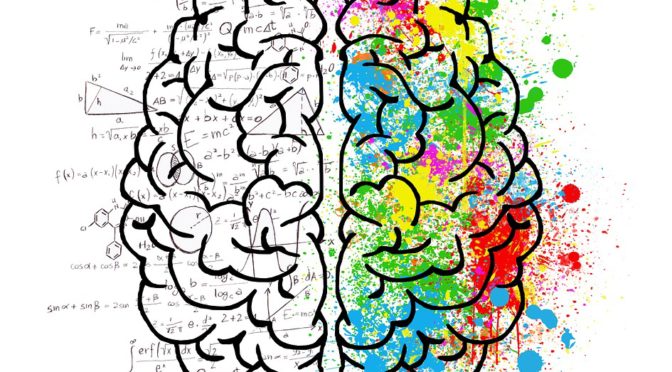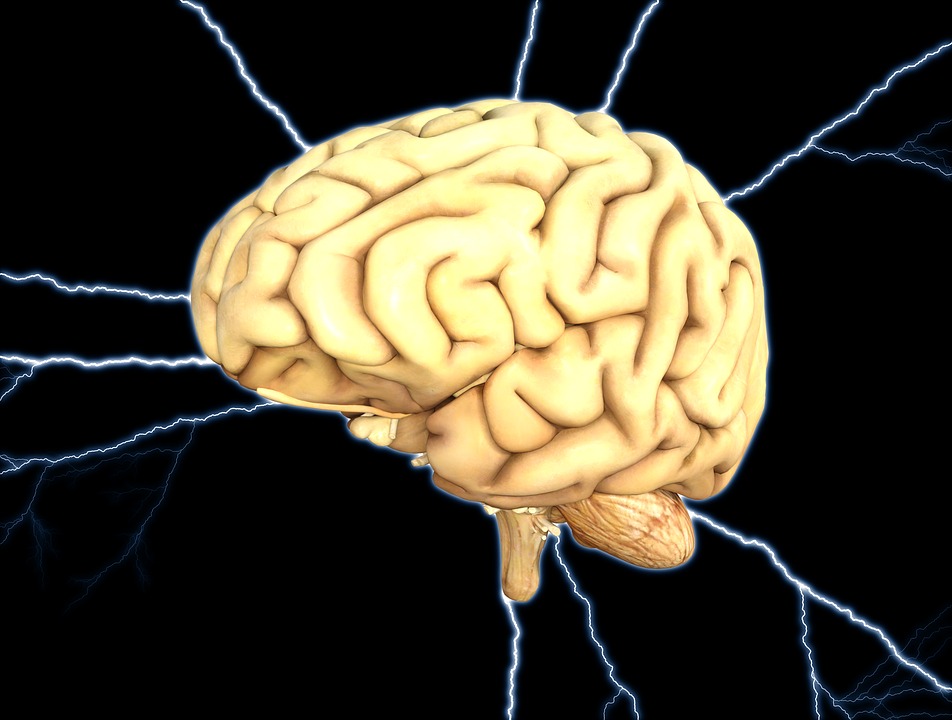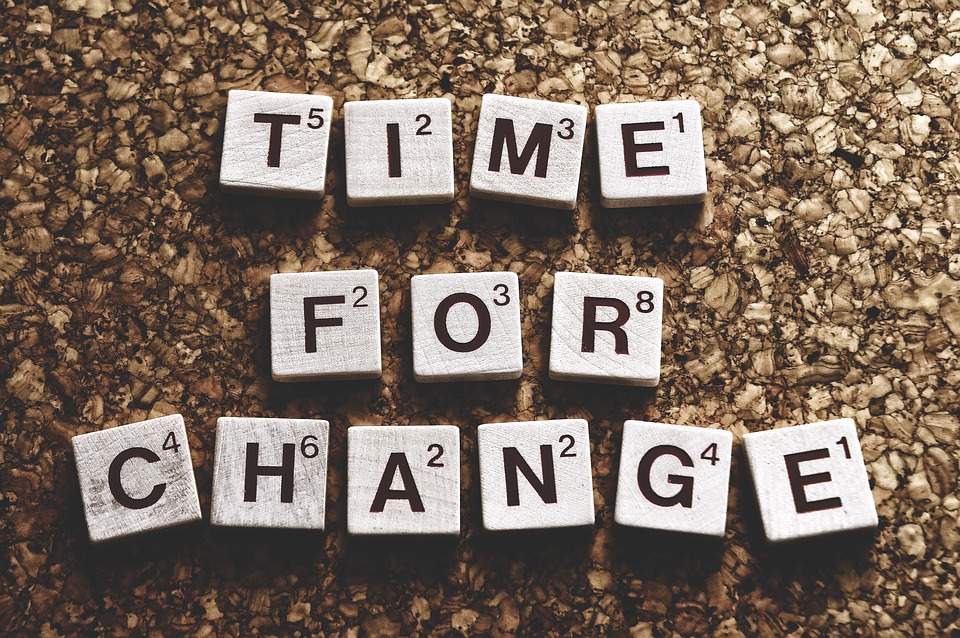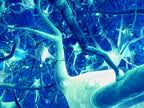To be completely open with you, it came out of frustration.
Growing up in a household with an emotionally abusive mother and then repeatedly getting into abusive relationships, I was searching for answers. Why did I get out of one abusive relationships only to get into another one? Even though I was sure this time it would be different.

When I married, and had a child, I was certain that this relationship would work. And of course, I was wrong. Once again, I had picked someone who would repeat the behaviors I had come to believe were behaviors of someone who loved you. Only this time, I had a child. And I was determined I would not teach her that this was “love”.
During the last year of that marriage I attended a Neuro Linguistic Programming (N.L.P.) training and my eyes were opened to how I had continually recreated patterns from my childhood. How without consciously realizing it, I searched for someone to treat me similar to my mother. Because after all, that had to be love!
I was so amazed by this training that I took the Master level and went on to become a Trainer in N.L.P. Not only did I get a divorce, I opened an Institute and began coaching others in how they could completely change their lives for the better. They could get out of all the old destructive patterns of behavior and be the person they wanted to be.

After working with abused women, children and men as well as drug and alcohol addicts I realized that many people would deal with a presenting problem and heal it but then later, it might show up in a different way. Something was going on that hadn’t been addressed.
That lead me to learning all I could about how the brain works, how we encode information and behavior and what can we do to change it. So much new research was appearing on neuroscience and the plasticity of the brain and I had access to working neuroscientists.

After years of trial and error, utilizing various techniques from N.L.P., Ericksonian Hypnosis, guided imagery, the work of Dr. Candace Pert and Dr. Bruce Lipton we well as the work in neuroplasticity, I began to experiment and test a new process I call Neural Pathway Restructuring™.
As I worked with these presenting problems it became obvious to me that we were working with more than just negative emotions, limiting beliefs and memories. In fact, we were working with the very strategies that define ourselves and our approach to life. These strategies were reinforced in our brains and went as deeply as the cellular level.
It was almost as if we were addicts for our own behaviors. And in essence we are.
Not only do we generate neurological pathways of behavior in our brain, we become addicted to our own brain chemicals. Just as an addict must get high off an external chemical, we too can be addicted to a behavioral strategy which releases the sought after chemicals. If our behavior is of a positive nature then we never worry about it. But, if the behavior is undesirable, we may try all manner of interventions to change it only to find we’re replacing it with something else.
Neural Pathway Restructuring™ is a painless, relatively quick method to restructure the neurological pathways of the brain to create the results we want.
Find out more about Neural Pathway Restructuring™ here and about Debra Fentress here!













